In system design, availability ensures that a system keeps running and remains accessible. Achieving this involves redundancy, fault tolerance, and proactive monitoring. Redundancy means having backups of critical parts to prevent failures. Fault tolerance handles errors smoothly, keeping the system running without interruption. Techniques like load balancing and data replication help reduce downtime, which is crucial for services like online platforms and e-commerce.
Factors Affecting Availability
-
Single Points of Failure (SPOF)
- To avoid SPOFs, duplicate critical components and set up failover systems.
- Examples include redundant servers, power supplies, and network paths.
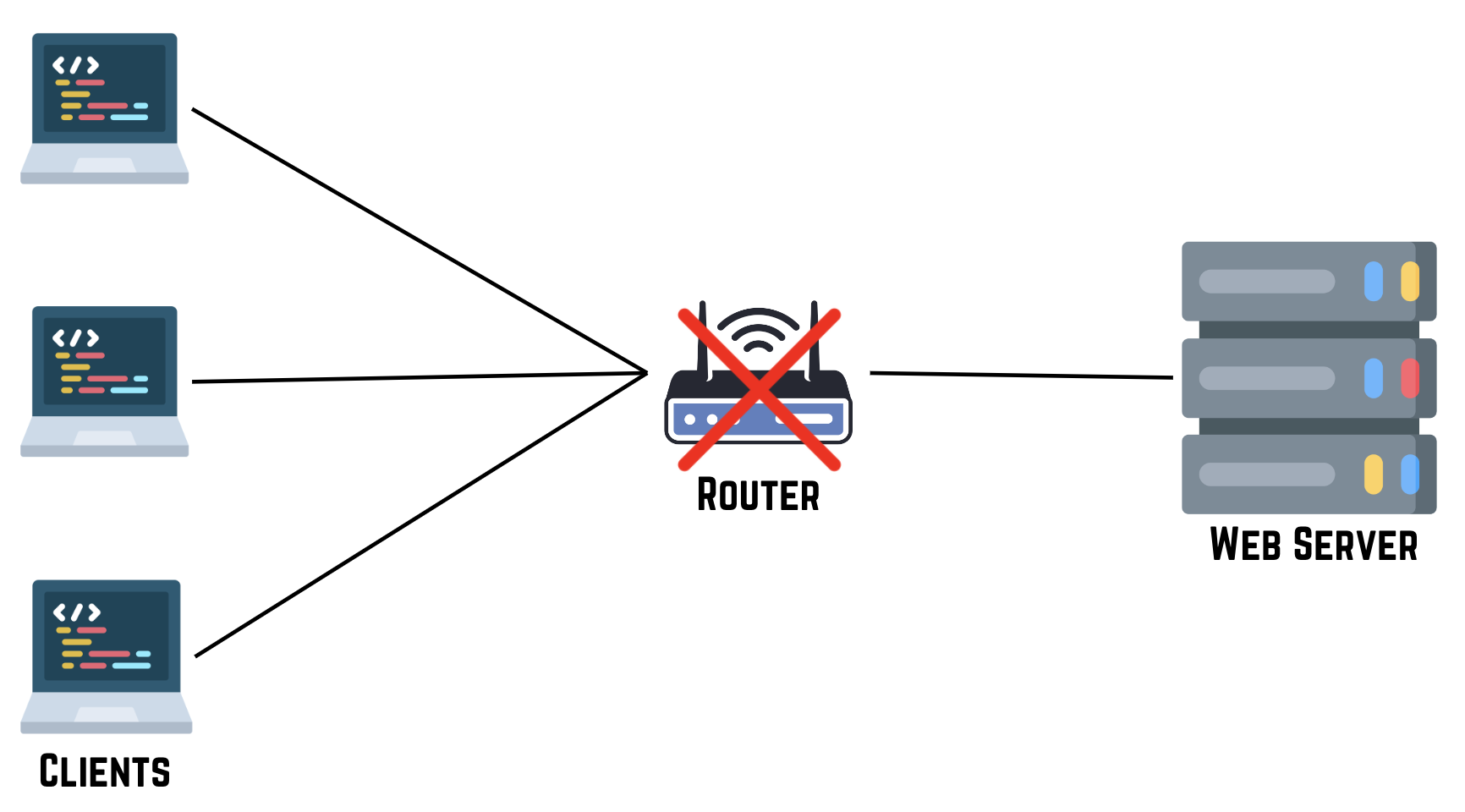
-
Fault Tolerance
- Design systems to handle hardware or software failures gracefully.
- Implement error handling, retry mechanisms, and fallback options.
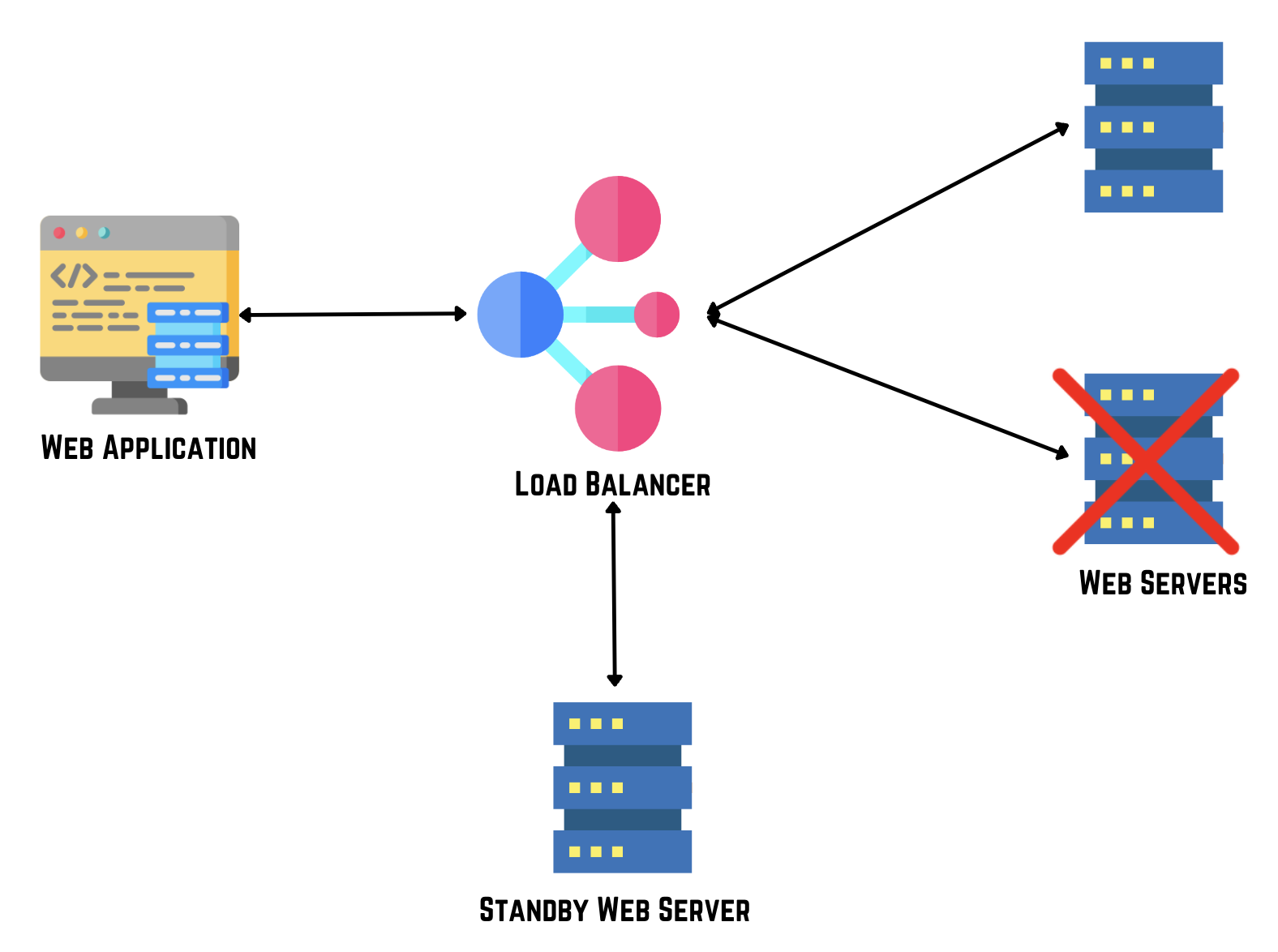
-
High Availability (HA)
- Ensure systems can maintain high uptime by using redundancy and fast recovery methods.
- Use load balancing, data replication, and automated monitoring.
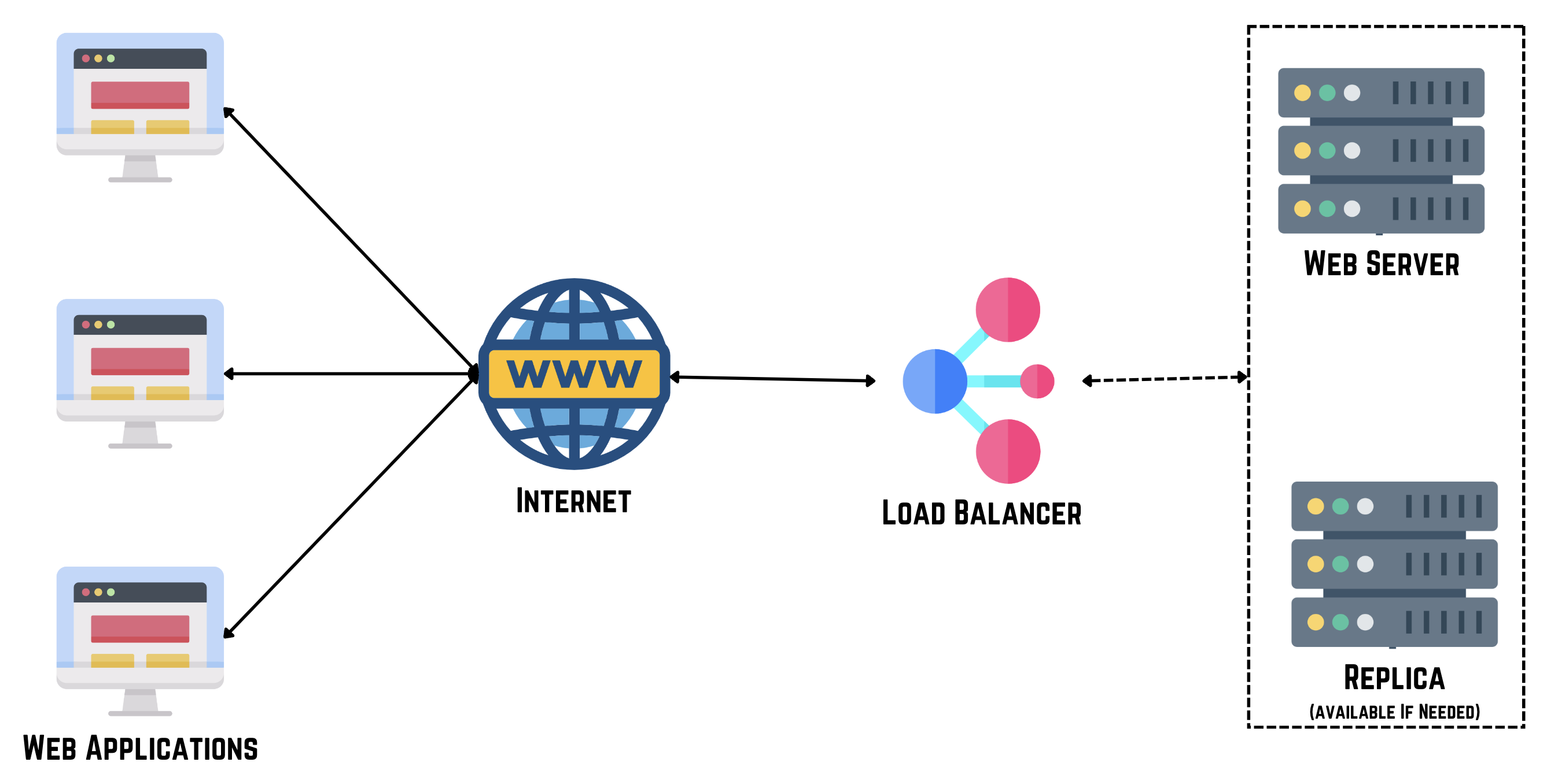
Strategies for Achieving High Availability
-
Redundancy
- Create duplicates of critical components like servers and databases to eliminate single points of failure.
- Set up active-active or active-passive redundancy setups.
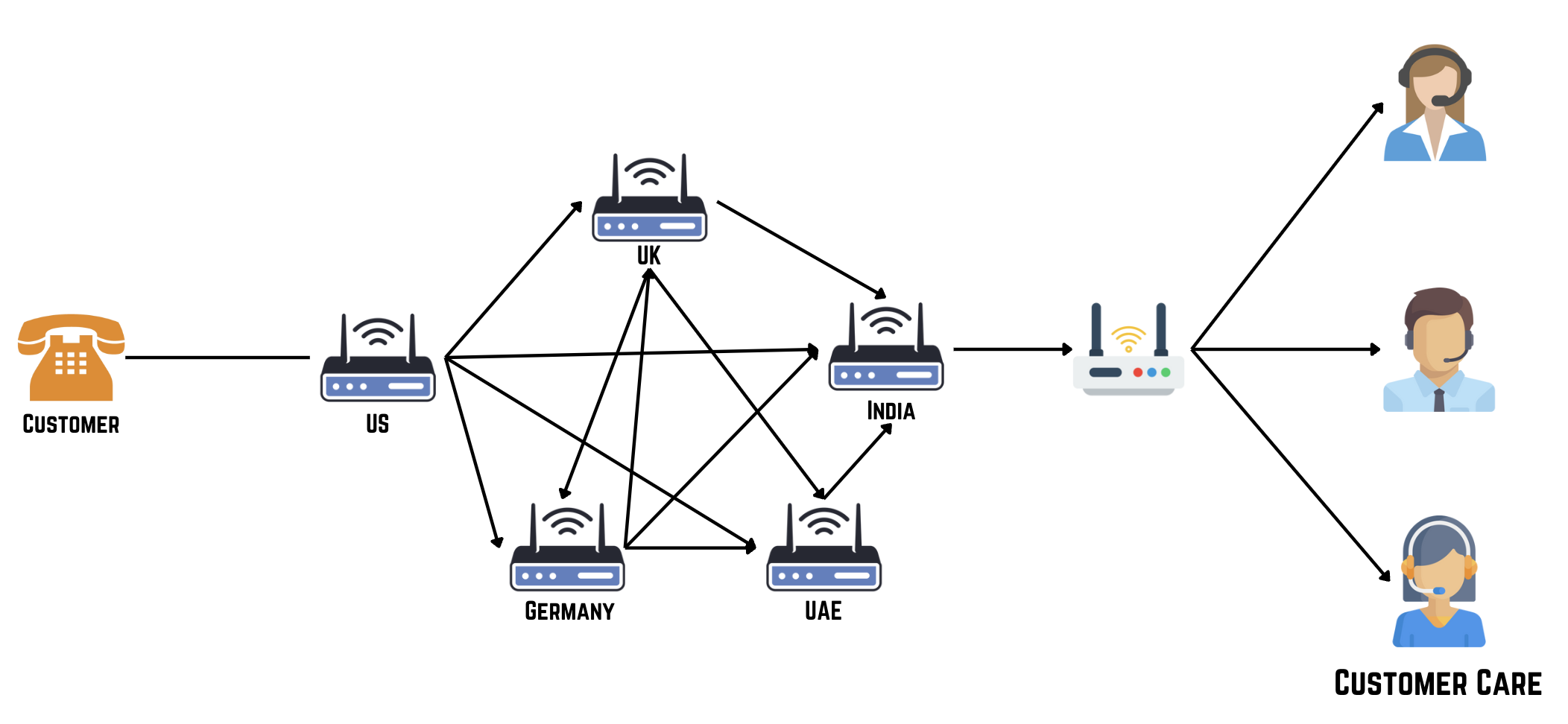
-
Load Balancing
- Distribute incoming traffic across multiple servers to prevent overload and ensure continuous service.
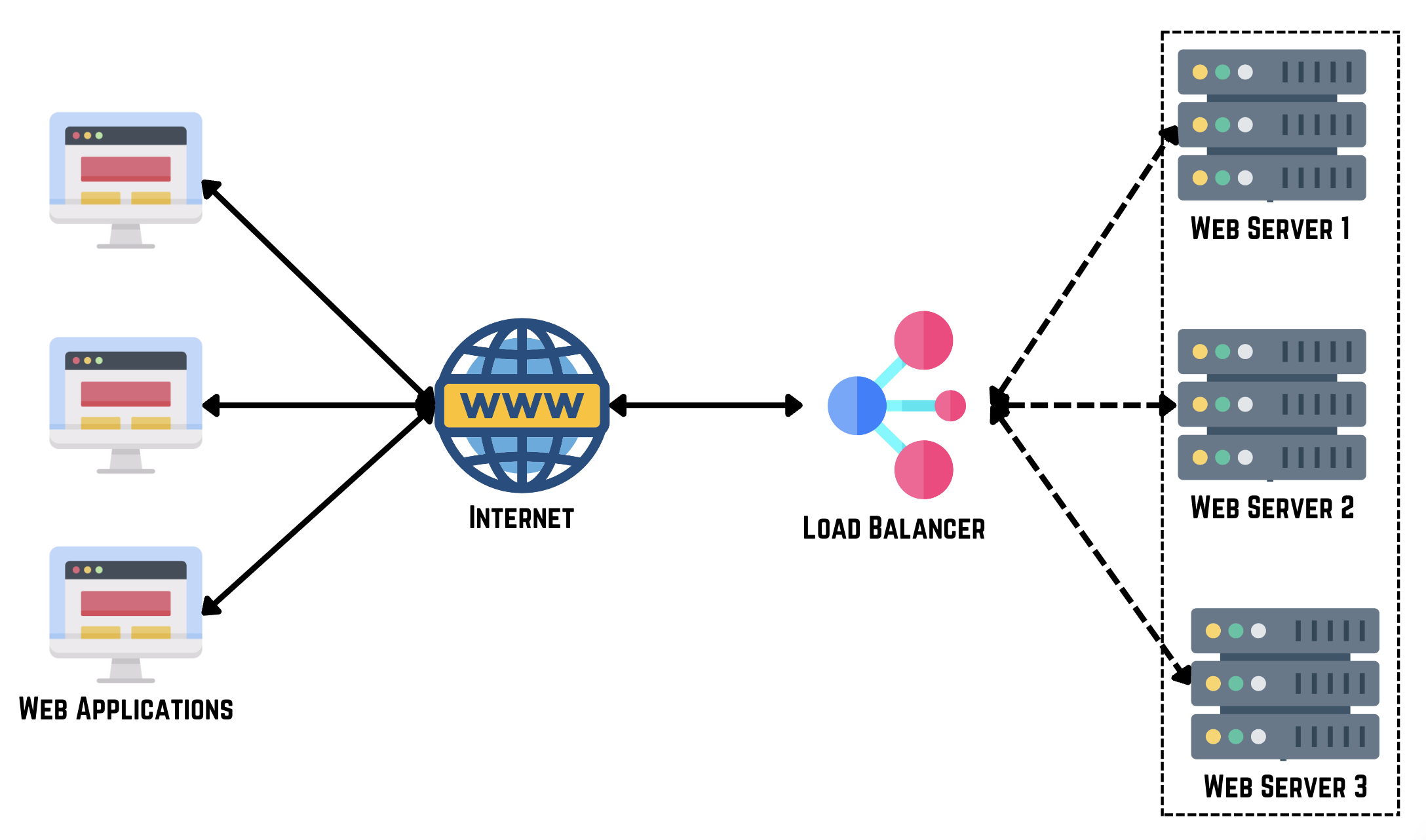
-
Fault Detection and Recovery
- Use monitoring tools to quickly detect failures.
- Implement automated recovery actions such as scaling resources, restarting services, or switching to backup systems.
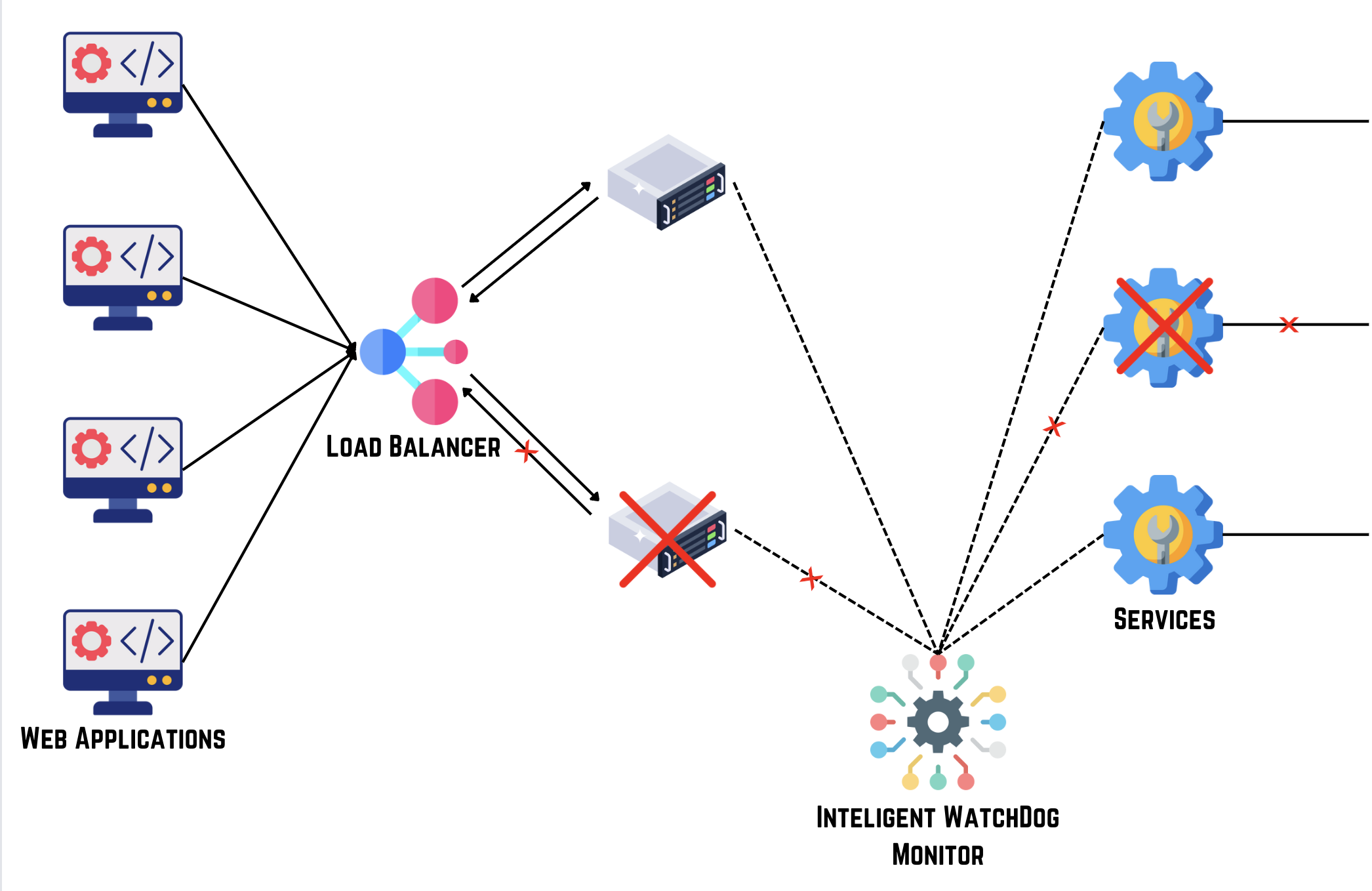
In summary, availability in system design ensures that systems operate continuously and remain accessible to users. This is achieved by using redundancy, fault tolerance measures, and proactive monitoring. It's important to be familiar with concepts like load balancing, redundancy strategies, and fault detection when designing systems to prioritize high availability.